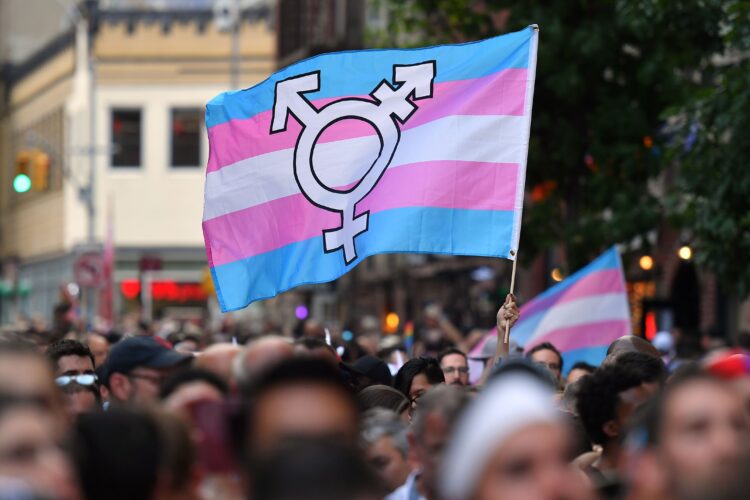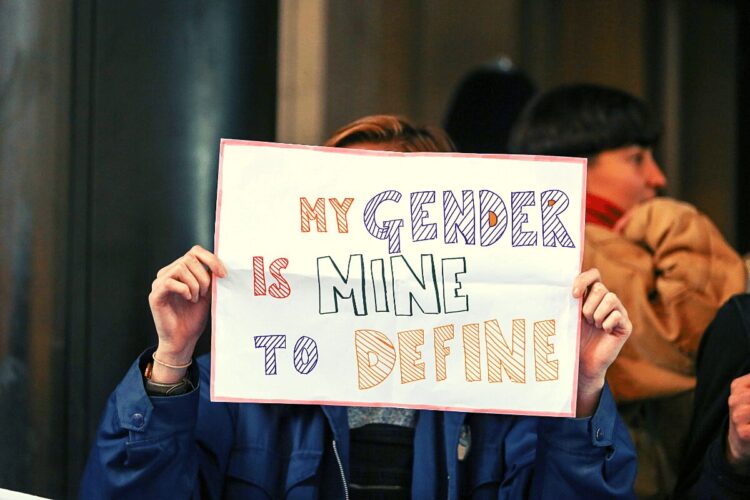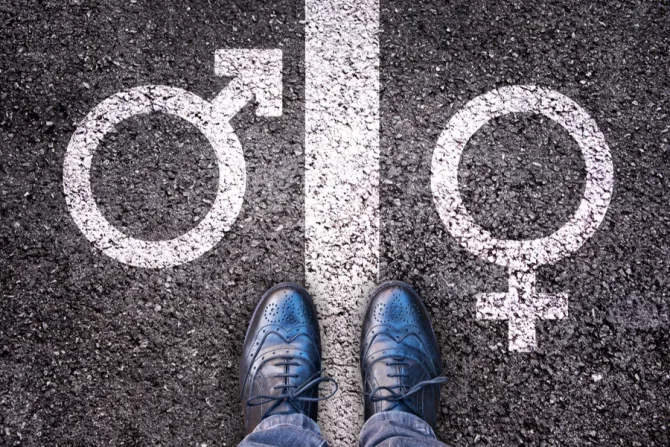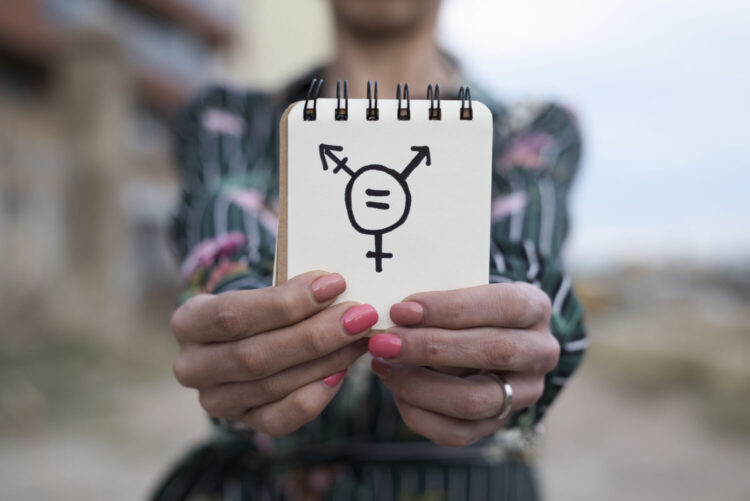As society continues to evolve, discussions surrounding gender identity have become more prominent and intricate. You’re likely aware that the term “gender ideology” has emerged in recent discourse, reflecting the complexities of how individuals understand and express their identities. This article embarks on a thoughtful journey into the realms of gender identity exploration. Not only will it dissect the historical context that has shaped present perceptions, but it will also consider how technology and emerging societal norms may redefine gender in the future.
Table of Contents
Key Takeaways
- The concept of gender ideology has gained significance in modern dialogues.
- Understanding the historical background of gender identity shapes current perspectives.
- Technological advancements may influence future expressions of gender.
- Cultural narratives surrounding gender are rapidly evolving and increasingly complex.
- Empathy and open dialogue are essential in navigating these discussions.
Understanding Gender Identity Evolution

To grasp the concept of gender identity evolution, it is essential to explore the historical context that shaped contemporary understandings. This exploration uncovers the transformation from a rigid binary view of gender to a more nuanced perspective that acknowledges various identities.
Historical Context of Gender Identity
Historically, society predominantly viewed gender in binary terms, categorizing individuals strictly as male or female. This limited recognition often marginalized those who did not fit within these confines. As societal norms began to shift, discussions surrounding gender identity changes emerged, challenging long-standing conventions. This historical evolution paved the way for broader acceptance of diverse identities, allowing for a richer gender identity discourse.
Shifts in Public Perception
Public perception has shifted significantly over the last few decades. The LGBTQ movement has played a crucial role in fostering awareness and understanding regarding gender identity. This shift has influenced discussions surrounding public spaces, language, and policies. These changes reflect a society increasingly willing to engage in gender identity discourse and support individuals in expressing their authentic selves. As a result, the dialogue surrounding gender identity perspectives has become much more prominent in mainstream culture.
Emerging Perspectives on Gender Identity

Emerging perspectives on gender identity recognize the fluidity and complexity of individual identity experiences. Gender is increasingly seen as a spectrum rather than a fixed binary classification. Emphasizing the principles of expressive individualism, contemporary discourse encourages personal authenticity and emphasizes that everyone’s identity is valid. This evolution in understanding leads to more inclusive communities, fostering acceptance and respect for all gender identities.
| Aspect | Traditional View | Contemporary View |
| Definition of Gender | Binary (Male/Female) | Spectrum |
| Recognition of Identity | Limited | Diverse and Inclusive |
| Public Perception | Marginalization | Acceptance and Support |
| Focus | Conformity | Authenticity |
Transcending Gender Ideology – Exploring the Future of Gender Identity

The relationship between transhumanism and gender identity presents a fascinating domain of exploration with immense implications for the Future of Gender Identity. As we advance through technological and philosophical developments, traditional notions of gender may receive significant re-evaluation. This evolution has the potential to foster a broader understanding and acceptance of diverse identities.
For a better look into these evolving concepts, you can visit https://transcendinggender.org/.
The Intersection of Transhumanism and Gender
Transhumanism seeks to transcend biological limitations, which directly impacts gender identity analysis. You may see how this allows for reimagining gender as a fluid construct rather than a fixed binary. Individuals can potentially modify their physical characteristics using emerging technologies, thereby challenging conventional gender norms. Such changes incite vital discussions regarding the essence of identity in the modern world.
Technological Enhancements Impacting Gender Identity
Innovations like genetic engineering and body modifications are pivotal in shaping contemporary Gender Identity Trends. Techniques such as CRISPR enable manipulation at a genetic level, raising questions about the implications of such capabilities. These advancements could help redefine what it means to embody a particular gender or identity. As a result, the possibilities for self-expression may expand dramatically, allowing individuals to align their physical forms more closely with their personal identities.
Redefining Social Norms in a Transhumanist Society

As we adopt these technologies, society may experience a paradigm shift in attitudes toward gender identity. The narrative surrounding gender could evolve, prompting you to consider the cultural implications of transhumanism. Embracing diverse identities as legitimate aspects of human expression fosters a more inclusive environment. This transformation promotes greater acceptance and understanding, allowing for a future where personal identity is no longer constrained by traditional norms.
| Technology | Potential Impact on Gender Identity | Social Implications |
| Gene Editing (CRISPR) | Allows for physical gender modifications. | Challenges binary concepts of gender. |
| Body Modification | Enhances personal identity expression. | Encourages acceptance of diverse identities. |
| Artificial Intelligence | Facilitates customized identity journeys. | Promotes exploration of identity in a digital landscape. |
Conclusion
The exploration of gender identity through the lens of transhumanism invites intriguing discussions about the future of self-expression and identity. As we’ve examined, the evolution of gender ideology reflects significant societal changes and reimagines the human experience. You can see that with each technological advancement, individuals gain greater autonomy over their identities, which can lead to the dissolution of traditional gender roles.
FAQ
What does gender ideology mean?
Gender ideology refers to the frameworks and beliefs that shape societal understandings of gender, particularly how concepts of gender identity and expression are perceived and discussed in contemporary society.
How has the perception of gender identity evolved over time?
Historically, gender has been viewed strictly within a binary framework of male and female. Over time, there has been a significant shift toward recognizing a spectrum of gender identities, influenced by movements advocating for LGBTQ rights and broader social acceptance.
What role does technology play in shaping gender identity?
Technology, particularly through advancements in genetic editing and body modification, allows individuals to modify their physical characteristics, facilitating a redefinition of gender identity that transcends traditional biological constraints. This includes innovations like CRISPR technology.
Why is there a growing discussion about gender as a spectrum?
The recognition of gender as a spectrum stems from a deeper understanding of identity that embraces diversity. This view promotes expressive individualism, where personal authenticity and internal identity are prioritized over rigid categorizations.
